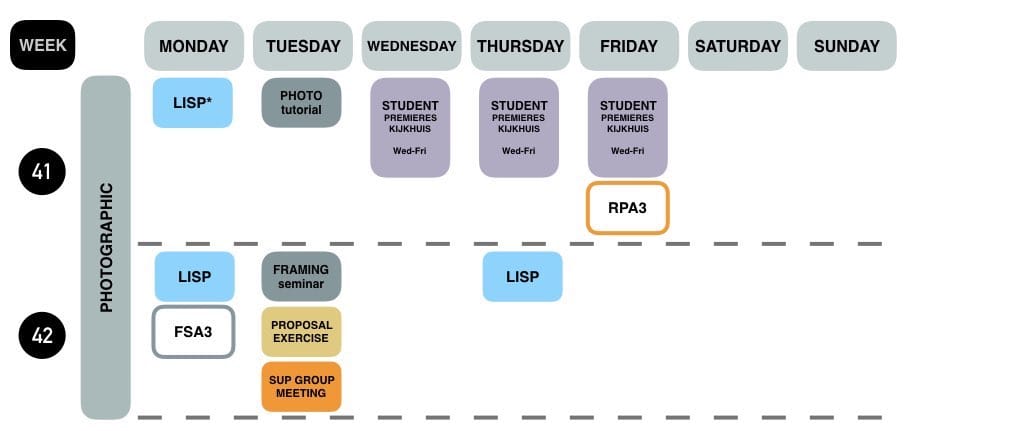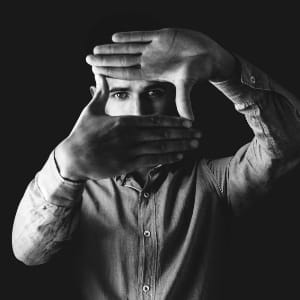
We hang pictures on the wall, post them on social media, watch them on flat screens, see them on billboards and flip through them in magazines. As ubiquitous as images may be, they are always bound by a frame — there is an edge where the image ends and we cannot see what is just beyond. These are very geometrical frames — squares and rectangles — that predispose us to portrait and landscape modes of recording. With the verticality of the cellphone screen, the conventions of cinematic composition breakdown, which were influenced by theater spatial dynamics — stage right / stage left, the 4th wall.
But frame also suggests a particular perspective within a larger context. The frame provides clues about the person behind the camera. These can be very subtle gestures or interactions with subjects on screen or they can be quite obvious attempts to be self-reflexive by entering the frame, perhaps even by reflection in a mirror. When used in a developed manner, one’s approach to image ethics can be presented within the structure of the film.
Both Judith Butler (2009) and Georges Didi-Huberman (2008) have pushed us to take seriously the ‘frames of war’. In a place that has encountered mass violence (past or present), the production of images will be highly charged and needs self-awareness. But every context of someone filming another person is a political context — a negotiation of rights and privileges. These traces of the author are also informed by one’s personal affordances with citizenship, wealth, education, etc. If we only look at an image’s contents, we may miss its larger message.

